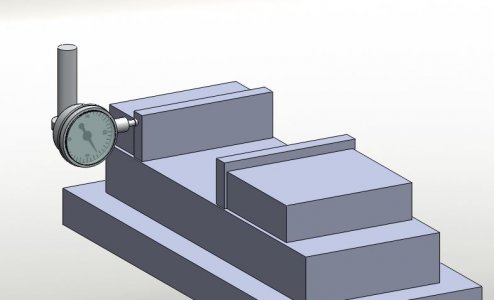Iv'e got an er collet chuck for mine, saved hitting the draw bar (mines a morse taper) i like the step less clamping, i tend to only hold stuff in the collet chuck and don't use the drill chuck, helps a lot with not raising or lowering the head so much.
If im drilling some holes that will require the head to go up i spot drill them all first and step up the drill size or locate using the drill bit if it's ok for a losser tolerance thing.
Figuring out the optimal order of doing things is always fun

Stuart
Also figure out what the shortest tool your using is before starting


